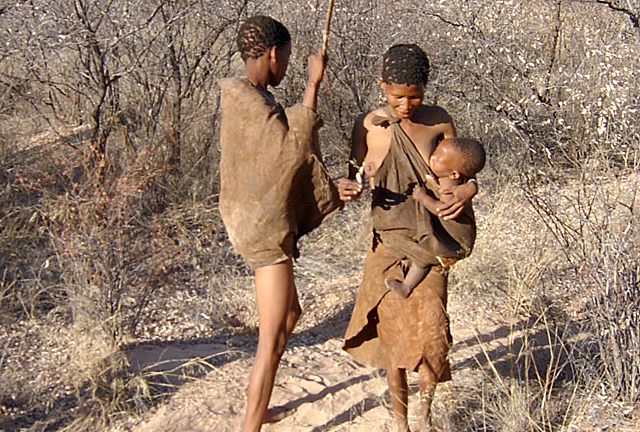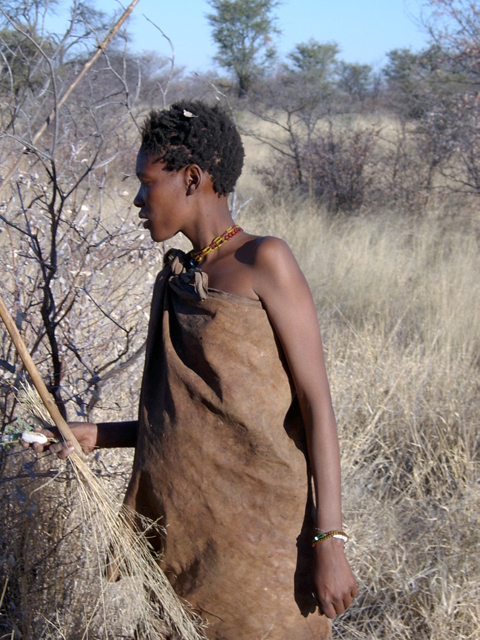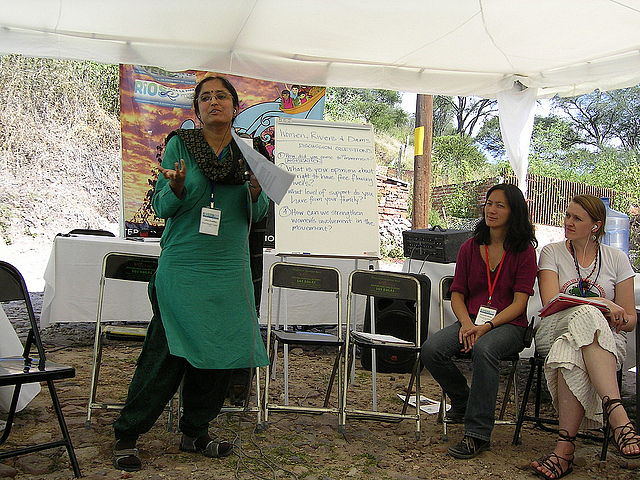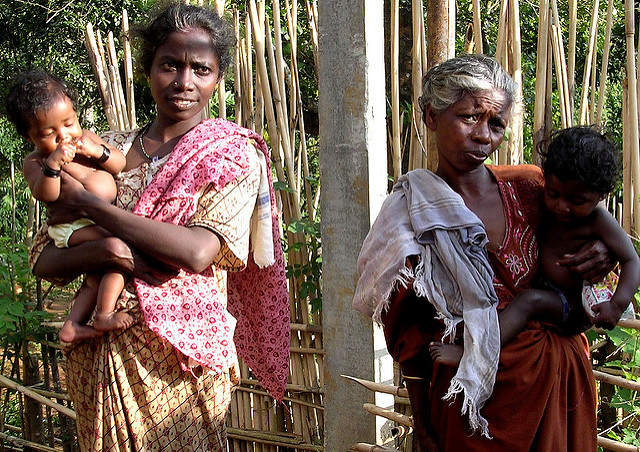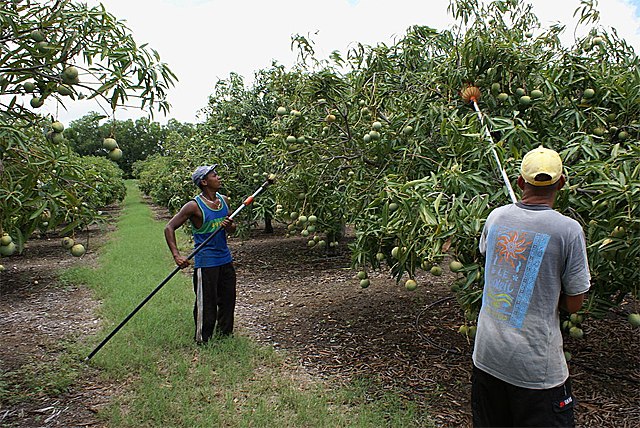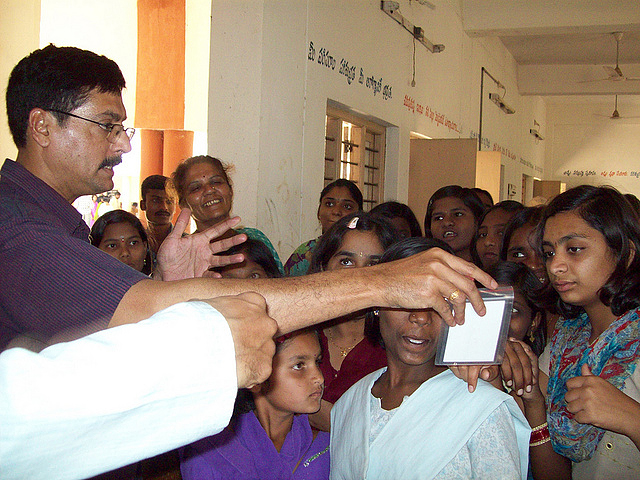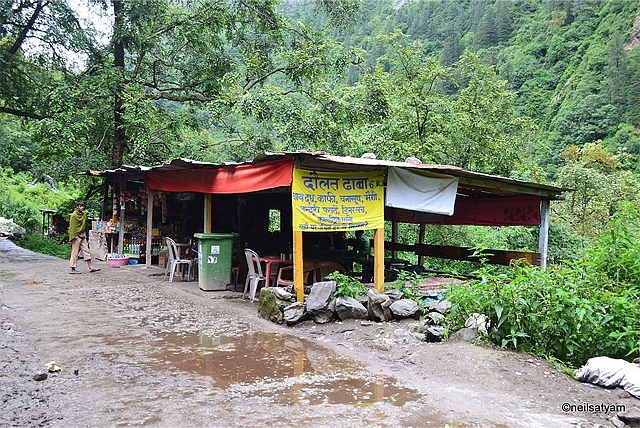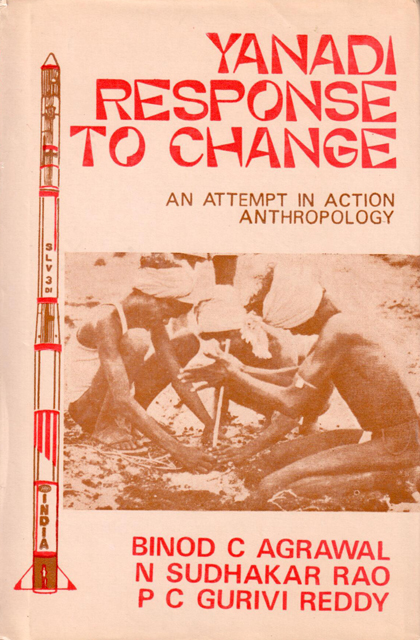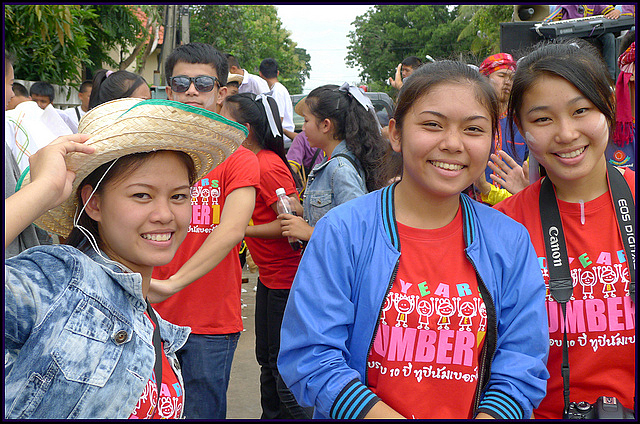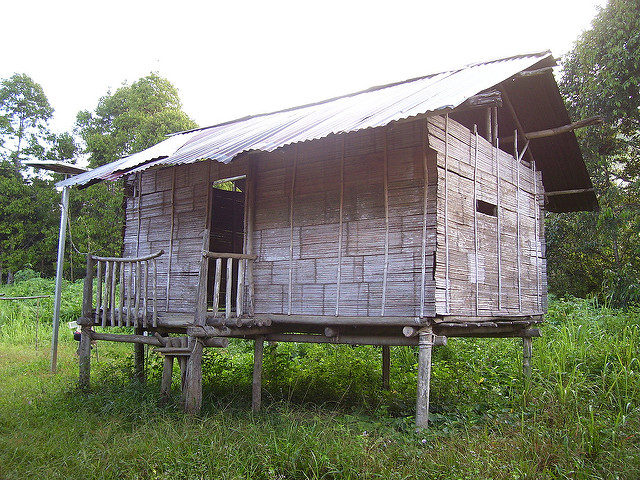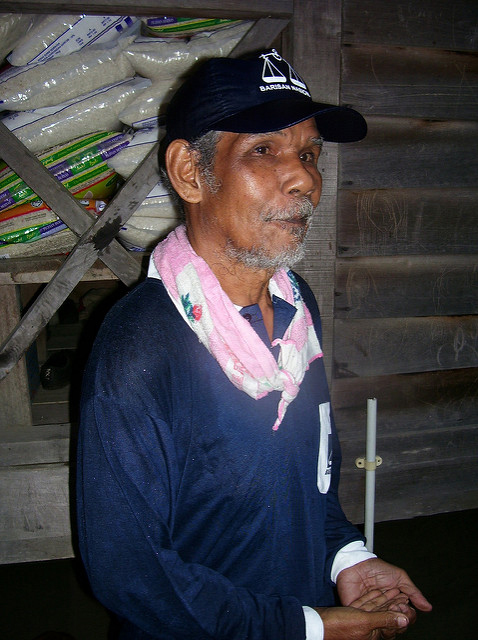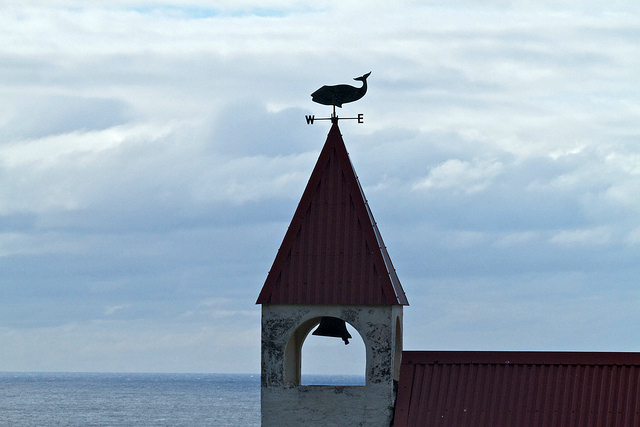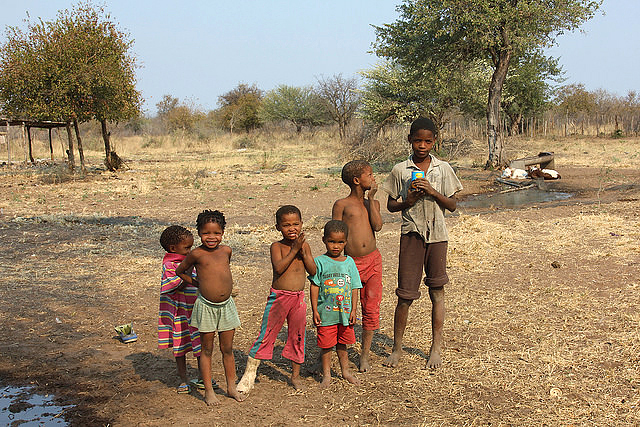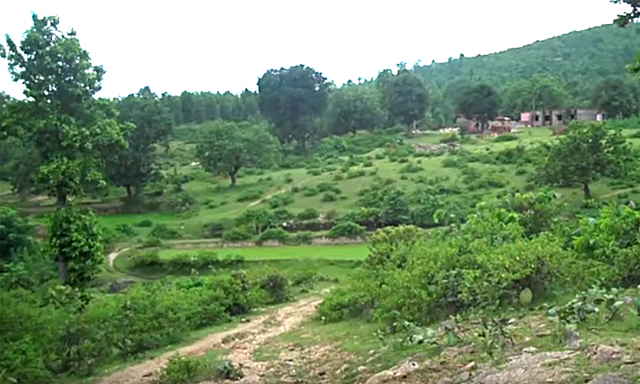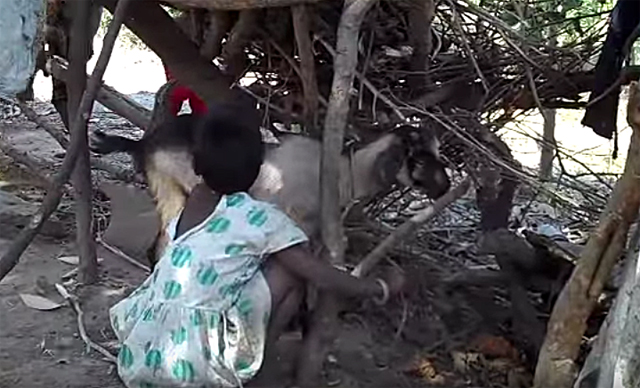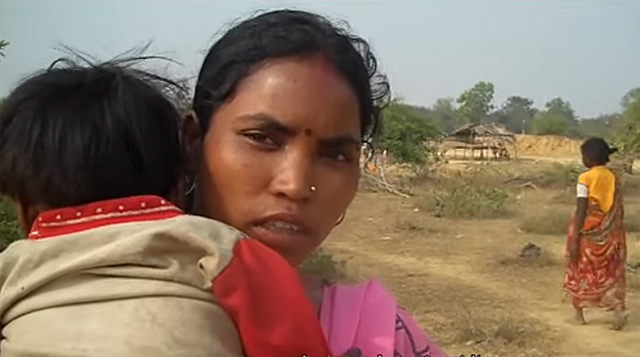Global climate changes are having an impact on the Lepchas, who are quite aware of the local disruptions of weather patterns and are trying to cope with them. A journal article by Shukla et al. that was published last year reported the results of a careful study of the Lepcha in the Dzongu Reserve of North Sikkim. It described how they perceive climate changes and the ways they are adjusting to them.
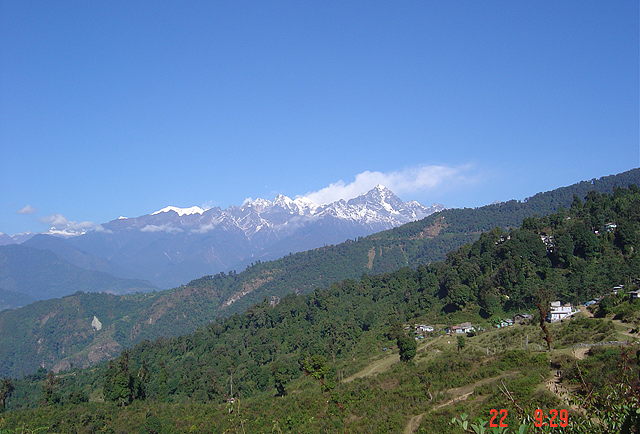
The purpose of the study was to identify perceptions of climate change by people living in or near the Kanchenjunga Biosphere Reserve of Sikkim and their strategies for adapting, with the hope that the resulting data will help the local communities cope better. The researchers focused on five villages in the Dzongu by surveying 60 randomly-selected households in each village—a total of 300 households out of 1380 in the five communities. Their questionnaires included four sections that sought the respondents’ perceptions of climate change, their reactions to climate-related events, their understandings of the ways biological systems are reacting to the changes, and the adaptive techniques the Lepchas are taking.
The researchers found that the vast majority of the respondents, 85 percent, were quite aware of temperature increases, though 12 percent were ignorant about the issue and 3 percent denied that temperatures had increased. The records of the local climate over the past 30 years supported the Lepcha majority. The responding households, confirming their answers, indicated that until just a few years ago they had not needed electric fans but they are using them now.
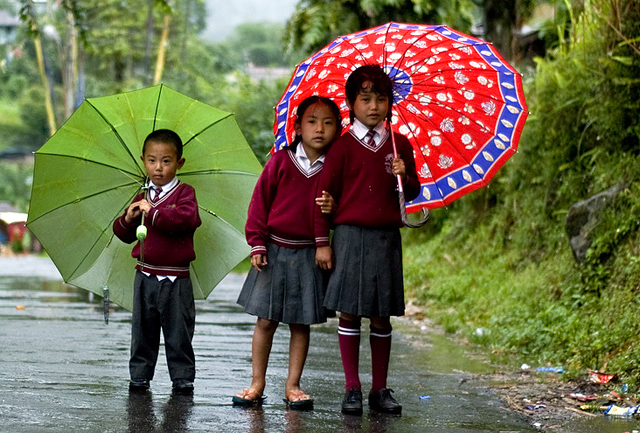
The respondents were aware of specific issues related to climate change. About 35 percent noted that snow, which in the past had been a regular winter event, has now become rare. About 75 percent of the Lepchas observed that winds are becoming stronger as the temperature increases, though a minority were unaware of the changing wind patterns. About half believed that periods of drought were increasing because of erratic and unpredictable rainfall.
Changes in the length and duration of dry spells, combined with the erratic patterns of rainfall, have produced an increase in pest and disease outbreaks. And just as seriously, the numbers of pollinator insect species, including honeybees and bumblebees, have declined dramatically. This is having a very serious impact on farmers—virtually all the Lepchas in the sample are affected.
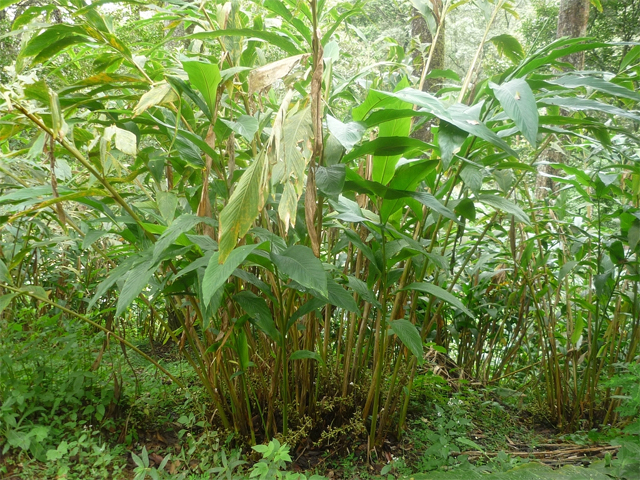
The major crop grown by 90 percent of the Lepchas in the sample is called “large cardamom.” The changing climate forces them to harvest the cardamom 10 to 15 days earlier than in the past. Furthermore, erratic rainfall during the peak flowering season for the crop causes the flowers to fall prematurely and to decay, which produces uneven fruiting in September and October. This has a negative effect on the quality and yield of the produce. The cardamom harvest, a major contributor to household income in the Dzongu, has also been impacted by increasing pests and diseases. As a result of the decline in the cardamom farming, mountain farmers are shifting to growing ginger instead.
Shukla et al. found that the Lepchas are adapting in other ways. Virtually all of them have started using mulch to help conserve moisture and to manage the temperature in the soil. The respondents said that they use local materials such as straw and other herbaceous plants as mulch. A majority indicated that they continue to use traditional agroforestry methods to help control the microclimates in their fields, and that they diversify their crops to help as well.
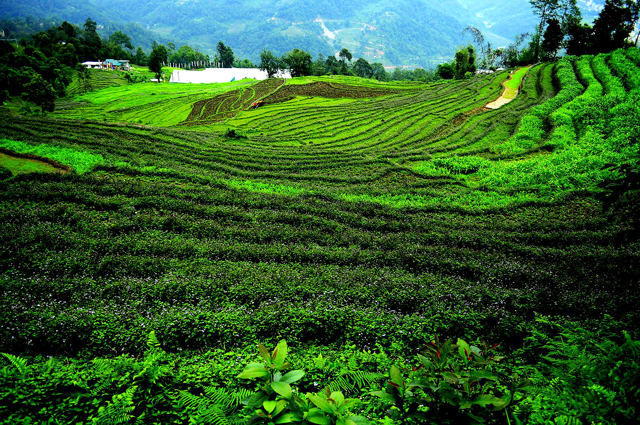
Oddly, more than half of the respondents indicated that they did not collect rainwater, though they were aware of the value of doing so. Furthermore, 95 percent of the households used cow urine and wood ashes to help manage insect pests, but 88 percent were not aware of the value of no-tillage farming. None of the surveyed households received any benefits from crop insurance policies or other government-sponsored schemes, and three-quarters of them were unaware that such programs even existed.
The authors concluded their report by saying that while climate change is having a definite impact on the lives of the Lepcha people, their responses are uneven. The indigenous knowledge of the Lepcha, such as their use of local mulching materials, clearly is helping them, but they are as yet unaware of such potentially beneficial practices as crop rotation. Shukla et al. hope their investigation will help the Lepchas to cope even better than they have been doing so far.
Shukla, Gopal, Ashok Kumar, Nizir A. Pala, and Sumit Chakravarty. 2016. “Farmers Perception and Awareness of Climate Change: a Case Study from Kanchandzonga Biosphere Reserve, India.” Environment Development and Sustainability 18(4): 1167-1176
